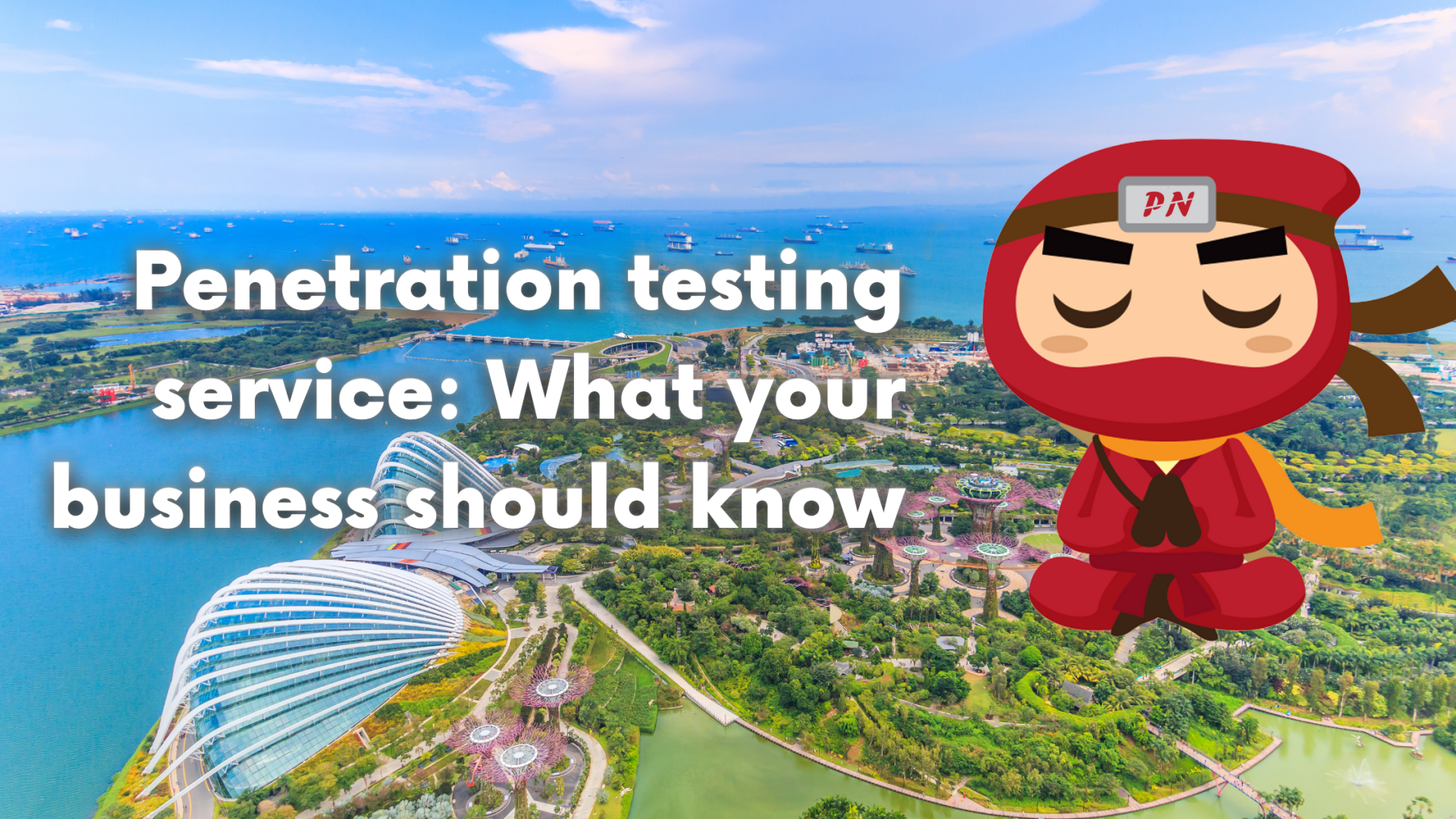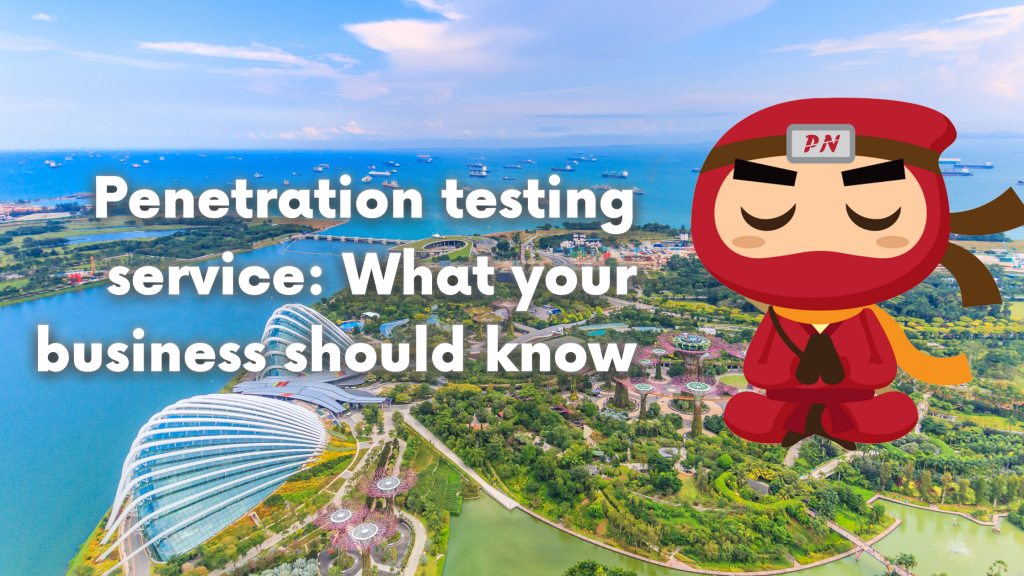KEEP IN TOUCH
Subscribe to our mailing list to get free tips on Data Protection and Cybersecurity updates weekly!







In today’s day and age, organizations must make sure that their systems and databases are breach-proof and inaccessible to any bad actors who want to profit from the invisible weak points that only thorough scanning can locate and identify.
As the push to digitalization is at full force and traditional organizations are still trying to find out how complex and critical storing personal data securely is, it has become a hotspot for malicious actors as a target for their next victim.
With this problem at hand, organizations are advised to get the help of a penetration testing service if they don’t have the capability to do one, as it will check if there are any vulnerabilities available for bad actors to exploit.
Also Read: The Singapore financial services and markets bill: Everything you need to know
Penetration Testing refers to the process of emulating attacks in order to evaluate the level of protection afforded to information and communications technology, operational technology, industrial control systems, infrastructure, network or web/mobile applications, and perimeter defenses (all of which are referred to collectively as “systems”).
It is a technique used by computer security professionals to identify and exploit cybersecurity vulnerabilities in a computer application. These professionals, also known as white-hat hackers or ethical hackers, make this possible by imitating real-world attacks by criminal hackers known as black-hat hackers.
In practice, penetration testing is comparable to employing security consultants to attempt a security attack on a protected facility in order to determine how actual criminals may conduct such an attack. Organizations utilize the results to make their applications more secure.

First, penetration testers must gain an understanding of the computer systems they would attempt to compromise. Then, they often employ a collection of software tools to identify vulnerabilities. In addition to social engineering hacking threats, penetration testing may also include social engineering hacking threats.
Testers will attempt to get access to a system by convincing an organization member to provide access. The organization is responsible for implementing modifications that either resolve or mitigate the vulnerabilities after receiving the findings of the penetration testers’ testing.
As digitalization spreads, businesses become more vulnerable to cyber threats and attacks, which can have far-reaching consequences. If sensitive client data is disclosed, not only will your company’s reputation take a hit, but so will its revenue and the trust of its customers and other stakeholders.
Based on the decisions and undertakings that the Personal Data Protection Commission (PDPC) has released each month, when there is a successful breach of personal data, the PDPC could impose a hefty penalty of up to S$1,000,000.
A skilled Penetration Testing service provider can help you lower the likelihood of a successful cyber-attack by simulating attacks to identify vulnerabilities and recommend improvements to your cybersecurity posture.
It is a standard operating procedure to do Penetration Testing during pre-and post-deployment of a new system or any part of it, as well as after significant system changes.
As the threat landscape is always changing and new vulnerabilities may be exploited by attackers, it is recommended to do regular penetration testing. Conduct routine Penetration Testing with a frequency consistent with the value of your organization’s assets, the consequences of an assault, and the available funding.

Typical workflow while working with a Penetration Testing service provider is as follows:
1. Start with preparation and planning. This includes collaborating to define the PT scope and determine the testing techniques.
2. The Penetration Testing service provider will next conduct research, analysis, and vulnerability scanning to obtain exploitable information and vulnerabilities.
3. The actual implementation of Penetration Testing service activities then follows.
4. Obtain a full report from the Penetration Testing service provider that includes high-level management-style reporting, technical details on detected vulnerabilities, and remedy recommendations.
5. Immediately following the penetration test, address found vulnerabilities to increase your cybersecurity posture, policies, and processes. Conduct a follow-up examination to guarantee that all flaws have been eliminated. Create a plan for regular Penetration Testing based on your organization’s needs and risk tolerance.
Examine the credentials and qualifications of the PT service provider and its team members.

Conducting regular penetration testing helps secure organizations by trying to search for any vulnerabilities within the organization’s system or networks. It works by trying to circumvent the organization’s cybersecurity and see to it that it is hackproof, and if it is, it will be patched before bad actors can discover them first.
For instance, at Privacy Ninja, part of our scope of work is to ensure that regular penetration testing is conducted to ensure that our client’s networks, systems, and employees are safe from any bad actors. We make sure that all gray areas are covered and secure from any unauthorized access. In addition, Privacy Ninja has recently acquired a CSA license as a penetration service provider.
Also Read: A guide to Singapore’s Do Not Call Registry